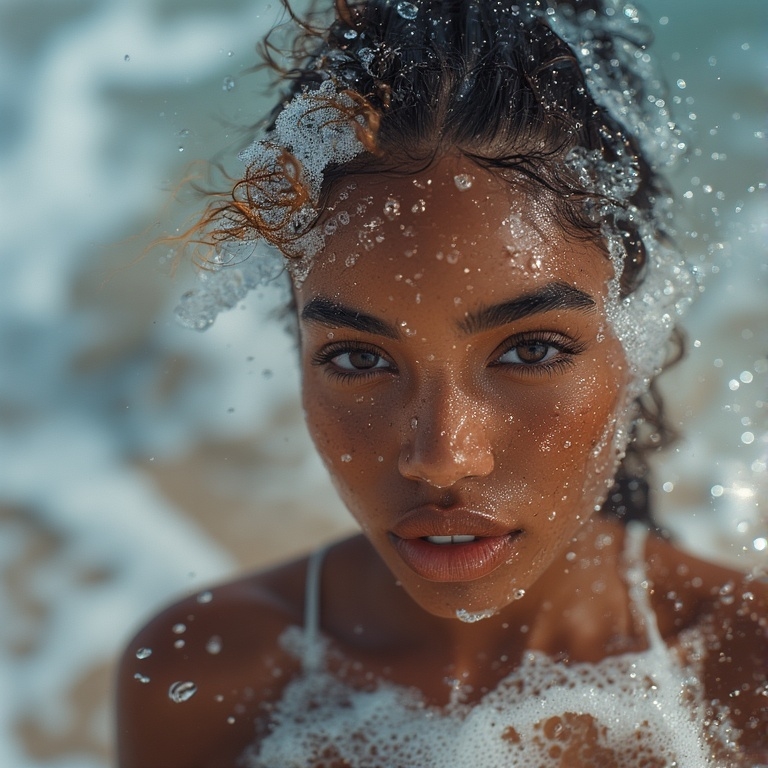
Rebellion and Resistance
Understanding the Emotional Drivers Behind Physical Ideals Why the Pursuit Persists Across Cultures and Generations

Introduction – Beneath the Surface of the Beach Body Obsession
The term “beach body” evokes more than just a physical image—it represents a complex psychological landscape shaped by cultural expectations, emotional needs, and social dynamics. Across generations and geographies, the desire to attain a beach-ready physique has become a ritual of transformation, visibility, and control. This pursuit is not merely about aesthetics; it’s about identity, belonging, and the silent pressures that shape how we see ourselves and others.
In this post, we’ll explore the multifaceted psychology behind the perfect beach body. From historical roots to modern media, from gender dynamics to emotional anchors, each section unpacks a different layer of this phenomenon. The goal is not to critique the desire itself, but to understand its origins, implications, and the deeper truths it reveals about human behavior.
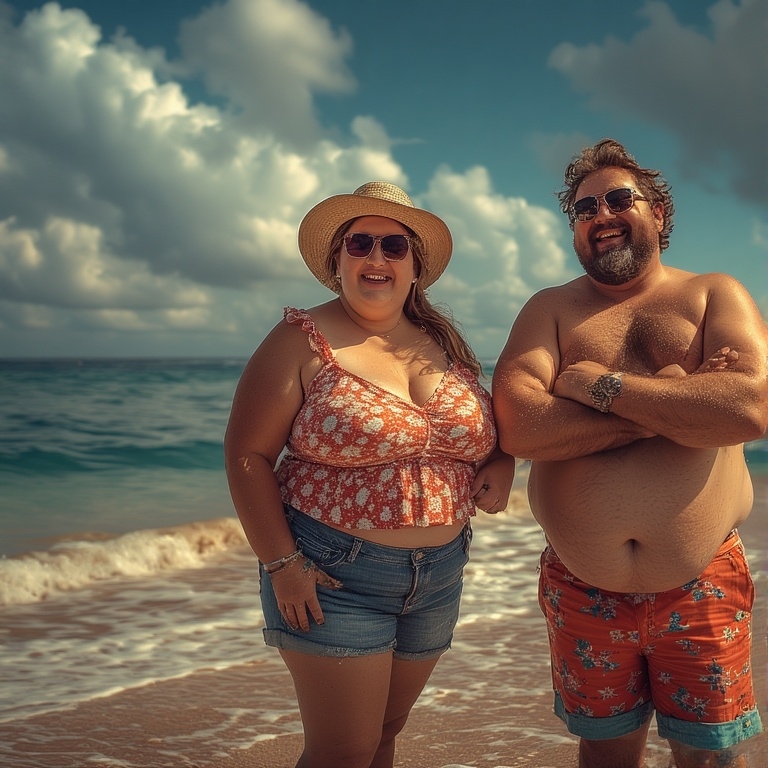
Cultural Memory – How History Shapes the Ideal
The beach body ideal didn’t emerge in a vacuum—it was sculpted by decades of cultural conditioning. In the post-war era, leisure culture exploded, and with it came new standards of physical presentation. Swimsuit advertisements, Hollywood films, and beach tourism created a visual language of vitality and desirability.
These images became embedded in collective memory, influencing how bodies were judged and celebrated. Over time, the beach became a stage for showcasing not just fashion, but fitness and youth. The ideal shifted from soft curves to toned muscles, reflecting broader societal changes in health, gender roles, and consumerism.
Social Visibility – The Psychology of Being Seen
The beach is one of the few public spaces where bodies are prominently displayed. This visibility creates psychological tension—people anticipate being seen, evaluated, and compared. The desire for a beach body often stems from this anticipation, a need to control how one is perceived.
Psychologists call this “impression management,” where individuals curate their appearance to align with social expectations. The beach amplifies this behavior, turning physical presentation into a form of social currency. The beach body becomes a tool for navigating visibility, vulnerability, and validation.

Emotional Projection – Bodies as Symbols of Control
For many, the pursuit of a beach body is not just about looking good—it’s about feeling in control. In times of emotional upheaval or uncertainty, physical transformation offers a tangible sense of progress. The body becomes a canvas for projecting discipline, resilience, and renewal.
This emotional projection is deeply personal. A person recovering from heartbreak, stress, or trauma may channel their energy into fitness as a coping mechanism. The beach body, in this context, symbolizes more than aesthetics—it represents healing, empowerment, and self-mastery.
Gender Expectations – Different Pressures, Shared Struggles
Men and women experience beach body pressure through different lenses. Women often face expectations of slimness, smoothness, and symmetry, while men are pushed toward muscularity and leanness. These ideals are reinforced through fashion, media, and peer feedback.
Nonbinary and transgender individuals navigate even more complex terrain, balancing societal norms with personal identity. The beach, as a hyper-visible space, can become a site of both affirmation and anxiety. Understanding these gendered pressures is key to unpacking the broader psychology of body ideals.

Media Saturation – The Role of Visual Culture
Media plays a central role in shaping beach body standards. From magazine covers to influencer reels, idealized physiques are curated, filtered, and broadcasted. These images create aspirational benchmarks that are often unattainable without extreme effort or digital enhancement.
Exposure to these visuals can distort body perception, especially among adolescents. Studies show that repeated exposure to idealized bodies increases dissatisfaction and lowers self-esteem. Media literacy becomes essential in navigating this landscape, helping individuals separate reality from representation.
Seasonal Anxiety – The Countdown to Exposure
As summer approaches, many people experience a surge in body-related anxiety. The prospect of beach outings, pool parties, and vacations triggers a psychological countdown. This seasonal pressure fuels gym memberships, diet plans, and self-comparison.
The anxiety is not just about physical readiness—it’s about social readiness. People anticipate judgment, visibility, and comparison. The beach body becomes a shield against perceived scrutiny, a way to preempt discomfort and assert control over public perception.
Fitness Identity – When Exercise Becomes Expression
For some, the beach body pursuit is rooted in a deeper fitness identity. Exercise becomes a form of self-expression, stress relief, and community engagement. The body is sculpted not just for looks, but for performance, pride, and personal growth.
However, when fitness is tied too closely to appearance, it can lead to burnout or disordered behavior. Experts advocate for intrinsic motivation—focusing on how movement feels rather than how it looks. This shift can transform the beach body goal into a sustainable lifestyle rooted in joy and health.

Body Dysmorphia – When Perception Warps Reality
Body dysmorphic disorder affects individuals who obsess over perceived flaws. The beach body ideal can exacerbate these tendencies, especially in environments that emphasize exposure and comparison. BDD is not vanity—it’s a serious psychological condition that distorts self-image.
Early intervention and therapy are crucial. Cognitive behavioral techniques can help individuals reframe their body perception and reduce harmful behaviors. The goal is not to eliminate physical aspirations, but to ground them in reality and self-compassion.
Age and Appearance – Shifting Ideals Over Time
The beach body ideal evolves with age. Teenagers may chase peer approval, while older adults seek vitality or youthfulness. Each life stage brings different motivations and challenges. Aging bodies are often excluded from beach body narratives, reinforcing ageism and invisibility.
Yet many older individuals reclaim the beach space with pride. Fitness, fashion, and self-expression are not age-bound. Embracing body diversity across the lifespan can dismantle harmful stereotypes and expand the definition of beauty.
Cultural Variations – Ideals Across Borders
Beach body standards vary globally. In Brazil, curves are celebrated; in South Korea, slimness is prized. These differences reflect cultural values around beauty, health, and gender. Understanding these variations can broaden our perspective and reduce self-judgment.
Globalization has blurred these lines, creating hybrid ideals. Social media platforms expose users to diverse bodies, but also homogenize standards. The psychological impact depends on how individuals interpret and internalize these images.
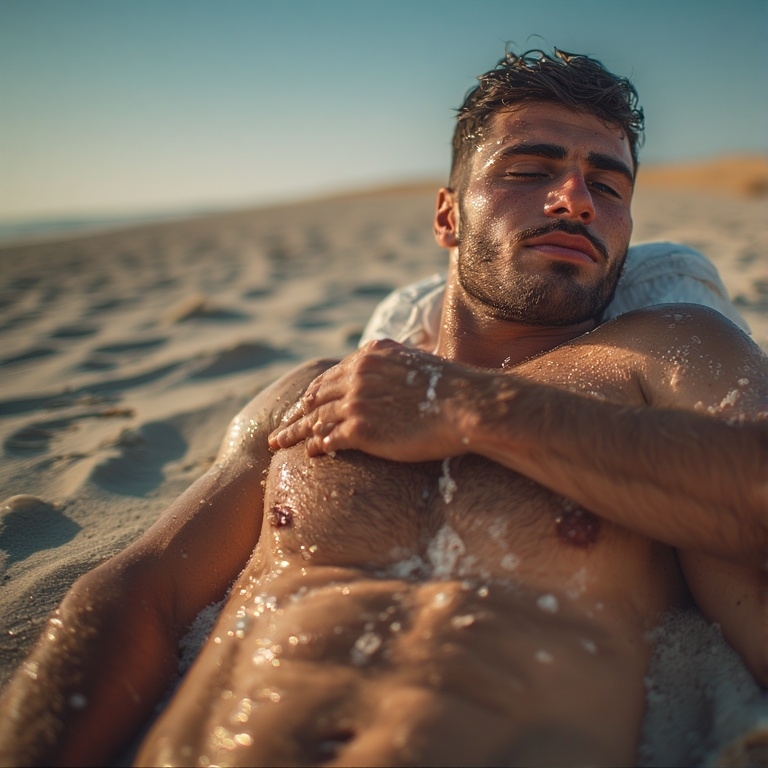
Technology and Tracking – Quantifying the Body
Wearables, apps, and smart mirrors have turned the body into data. Steps, calories, and body fat percentages are tracked and analyzed. This quantification can motivate behavior, but also create obsession or anxiety.
Psychologists warn against over-reliance on metrics. When numbers replace intuition, the body becomes a project rather than a partner. Balancing technology with mindfulness can restore agency and joy in the beach body journey.
Peer Influence – The Power of Group Norms
Friends, family, and social circles play a significant role in shaping body goals. Group norms around fitness, fashion, and food can influence individual behavior. The beach body pursuit often reflects not just personal desire, but collective expectation.
Positive peer influence can foster healthy habits and support. Negative influence, however, can lead to comparison, pressure, and shame. Navigating these dynamics requires self-awareness and boundary-setting, especially in social environments that prioritize appearance.
Emotional Anchors – What We Really Want
At its core, the beach body pursuit is about emotional needs—belonging, confidence, and control. The body becomes a symbol of these desires, shaped by personal history and societal cues. Understanding these anchors can transform the goal from superficial to meaningful.
Therapists encourage clients to explore the “why” behind their goals. Is it about healing, visibility, or connection? When the emotional root is acknowledged, the journey becomes more compassionate and sustainable.

Redefining the Ideal – Toward Inclusive Narratives
The perfect beach body is not a fixed image—it’s a psychological construct shaped by history, media, and emotion. By unpacking its layers, we can reclaim the narrative and redefine the ideal. The goal is not to abandon physical aspirations, but to ground them in self-awareness and inclusivity.
Bodies are diverse, dynamic, and deeply personal. The beach should be a space of celebration, not comparison. When we shift the focus from perfection to presence, the beach body becomes a symbol of freedom, not pressure.Symbolic Environments – Why the Beach Amplifies Body Ideals
The beach is more than a location—it’s a symbolic environment where exposure, leisure, and social performance converge. Unlike urban or domestic spaces, the beach strips away layers of clothing and context, leaving the body as the primary visual narrative. This heightened visibility intensifies self-awareness and social comparison. People often prepare for the beach not just physically, but psychologically, anticipating judgment and admiration.
The open landscape creates a stage-like atmosphere, where bodies are both spectators and performers. This spatial dynamic reinforces the pressure to conform to idealized forms. The beach becomes a testing ground for self-esteem, identity, and belonging. It’s not just about being fit—it’s about being seen in a place where bodies dominate the visual field. The environment itself shapes behavior, expectations, and emotional responses. Understanding this spatial psychology reveals why the beach body ideal persists so strongly.
Ritualized Transformation – The Seasonal Cycle of Reinvention
The pursuit of a beach body often follows a seasonal rhythm, resembling a ritual of transformation. As summer approaches, individuals engage in preparatory behaviors—dieting, training, grooming—that mirror rites of passage. These actions signal a shift in identity, from winter concealment to summer revelation. The body becomes a site of renewal, a way to mark time and change.
This cyclical pattern is reinforced by cultural messaging, fitness marketing, and social events. The transformation is rarely just physical—it’s emotional and symbolic. People seek to shed not only weight but past versions of themselves. The beach body becomes a metaphor for rebirth, control, and aspiration. This ritualized cycle offers structure and purpose, even if the goals are externally imposed. Recognizing the seasonal psychology helps decode the deeper motivations behind body-focused behaviors.
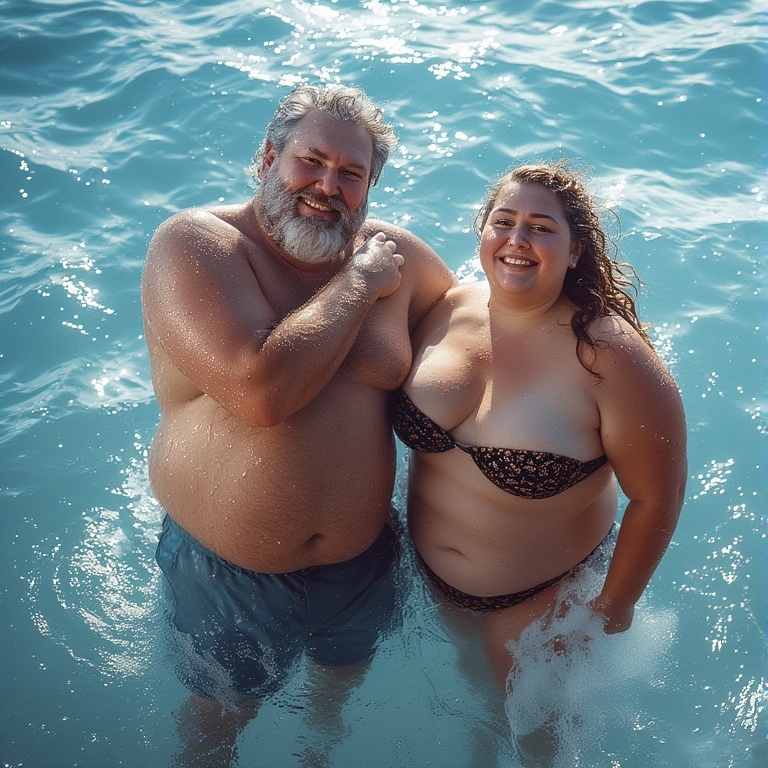
Visual Hierarchies – How Aesthetics Signal Status
In beach culture, certain body types are unconsciously ranked higher in visual hierarchies. Toned abs, defined muscles, and symmetrical proportions often signal discipline, wealth, and desirability. These aesthetic markers function as social codes, communicating status without words. The beach body becomes a visual shorthand for success, effort, and self-control. This hierarchy is reinforced by media, peer feedback, and fashion trends. People internalize these rankings, often comparing themselves to idealized figures.
The result is a feedback loop where appearance influences self-worth and social positioning. These hierarchies are not universal—they vary by culture, subculture, and context. Yet their psychological impact is profound, shaping how individuals navigate public spaces. Understanding these visual codes reveals the hidden power dynamics embedded in beach body ideals.
The Role of Anticipation – Imagining the Future Self
Much of the motivation behind the beach body pursuit lies in anticipation—the imagined future self. People visualize how they’ll look, feel, and be perceived once they reach their goal. This mental projection creates emotional momentum, fueling behavior change. The future self becomes a beacon, guiding present actions and sacrifices. Psychologists call this “prospective self-regulation,” where imagined outcomes influence current decisions. The beach body is often tied to fantasies of confidence, romance, and social ease. These imagined scenarios are powerful motivators, even if they’re idealized or unrealistic. The anticipation creates a sense of purpose, anchoring effort in emotional reward. However, when reality diverges from expectation, disappointment can follow. Recognizing the role of anticipation helps balance aspiration with self-compassion.
Clothing and Exposure – Fashion as Psychological Armor
Swimwear plays a critical role in the beach body narrative. Unlike everyday clothing, it reveals rather than conceals, turning the body into a focal point. The choice of swimwear becomes a psychological decision—what to show, what to hide, what to signal. People often select styles that align with their body confidence and desired identity. Fashion becomes a form of psychological armor, protecting against judgment or inviting admiration.
The cut, color, and fit of swimwear can influence mood, posture, and social interaction. For some, the right outfit enhances empowerment; for others, it triggers anxiety. These emotional responses are shaped by past experiences, cultural norms, and self-perception. Swimwear is not neutral—it’s a tool for navigating visibility and vulnerability. Understanding its psychological function adds depth to the beach body conversation.

Group Dynamics – How Social Circles Shape Body Goals
The beach body pursuit is rarely solitary—it’s shaped by group dynamics and social norms. Friends, partners, and communities influence what’s considered attractive, acceptable, or aspirational. Peer pressure can motivate healthy habits or reinforce harmful comparisons. Group workouts, shared goals, and collective challenges create a sense of belonging. Yet these dynamics can also breed competition, insecurity, or exclusion. The desire to fit in often drives body-related decisions, even when they conflict with personal values. Social circles act as mirrors, reflecting and amplifying body ideals. The beach becomes a social arena where group norms are performed and reinforced. Understanding these dynamics helps individuals navigate their goals with greater autonomy. The beach body is not just personal—it’s relational.
Psychological Ownership – When the Body Becomes a Project
Many people treat their bodies like projects—something to be managed, improved, and showcased. This mindset reflects psychological ownership, where individuals feel responsible for their physical outcomes. The beach body becomes a product of effort, discipline, and strategy. This ownership can be empowering, fostering agency and pride. But it can also create pressure, guilt, and perfectionism. When the body is viewed as a project, setbacks feel like failures. The pursuit becomes transactional—input equals output. This framework often ignores genetics, health conditions, and emotional factors. Psychological ownership is a double-edged sword, offering motivation but risking obsession. Recognizing this mindset helps balance ambition with acceptance. The body is not just a project—it’s a living, evolving part of the self.
The Influence of Childhood – Early Messages About Bodies
Body image is shaped early in life, often through subtle messages from family, media, and education. Children absorb cues about weight, appearance, and value long before they understand them. These early impressions form the foundation for adult body beliefs. Comments about “summer shape” or “getting ready for the beach” can stick for decades. The beach body ideal often reflects unresolved childhood narratives—desire for approval, fear of rejection, or longing for control. Therapists note that many body-related struggles trace back to formative experiences. Healing these roots requires reflection, compassion, and sometimes professional support. The beach body is not just about the present—it’s a continuation of past stories. Understanding childhood influence adds emotional depth to the pursuit.
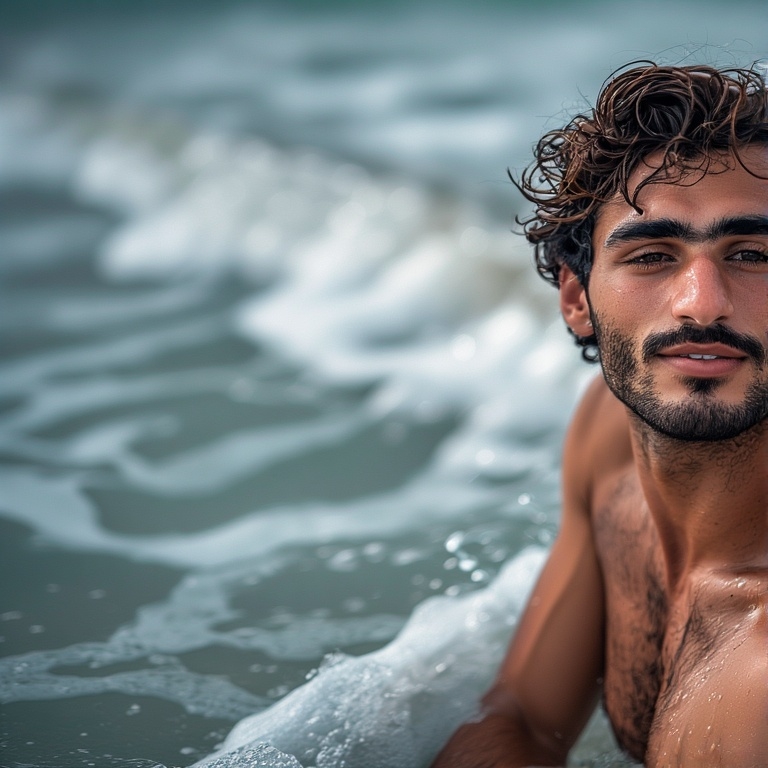
Rebellion and Resistance – Rejecting the Ideal
Not everyone pursues the beach body—some actively reject it. This resistance can be political, emotional, or philosophical. People may choose to embrace body diversity, challenge beauty norms, or prioritize comfort over conformity. Rebellion against the ideal is a form of self-definition, asserting autonomy in a culture of comparison. These choices are often met with criticism or misunderstanding, revealing the strength of societal pressure. Yet resistance can be liberating, creating space for new narratives and communities. Body neutrality, fat activism, and inclusive fashion are part of this movement. The beach becomes a site of protest, not just performance. Rejecting the ideal doesn’t mean rejecting health—it means redefining it. Understanding resistance helps expand the conversation beyond aesthetics.
The Future of the Ideal – Where We’re Headed
The beach body ideal is evolving, shaped by technology, culture, and social movements. Virtual influencers, AI-generated bodies, and augmented reality are redefining what’s possible and desirable. At the same time, body positivity and inclusivity are gaining traction, challenging narrow standards. The future may hold more personalized, diverse, and emotionally grounded ideals.
People are beginning to value function over form, experience over appearance. The beach body could become less about perfection and more about presence. Climate change, accessibility, and shifting leisure patterns may also reshape beach culture itself. The ideal will likely fragment, reflecting multiple truths rather than one dominant image. This evolution offers hope for more compassionate, realistic body narratives. Understanding where we’re headed helps us shape the journey with intention.
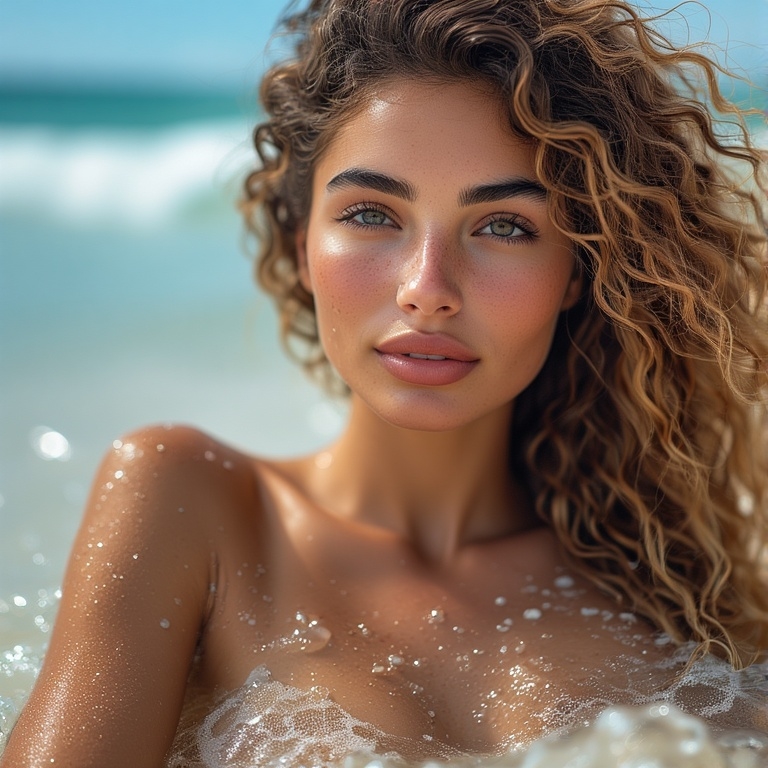
Conclusion – The Body as a Story, Not a Standard
The psychology of the beach body reveals a profound truth: our physical goals are rarely just physical. They are emotional, cultural, and symbolic. By understanding the deeper drivers behind this pursuit, we can approach it with empathy, clarity, and intention.
The beach body is not a destination—it’s a dialogue. A conversation between self and society, between aspiration and acceptance. When we listen closely, we find that the most powerful transformation is not in the mirror, but in the mind.
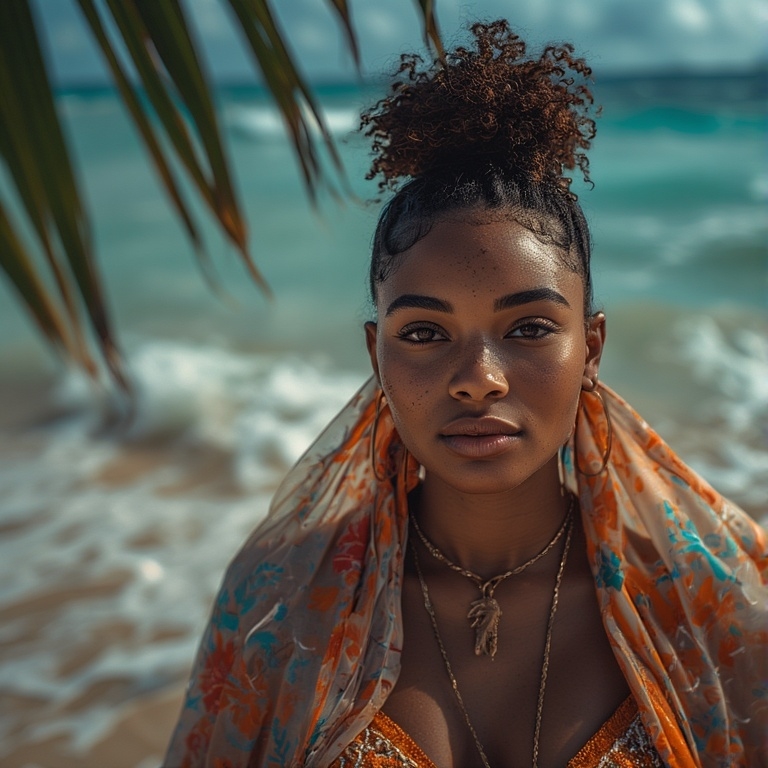
Join the Discussion – Your Body, Your Voice
What does the beach body mean to you? Have you felt empowered or pressured by its ideals?
#BeachBodyPsychology #BodyImageAwareness #CulturalIdeals #FitnessIdentity #EmotionalWellness #BodyDiversity #SelfWorth #SummerConfidence #MindfulFitness #MediaLiteracy #BodyNarratives #AgeAndBeauty #GenderAndBodies #BodyPositivity #RedefineBeauty




Good info. Lucky me I reach on your website by accident, I bookmarked it.